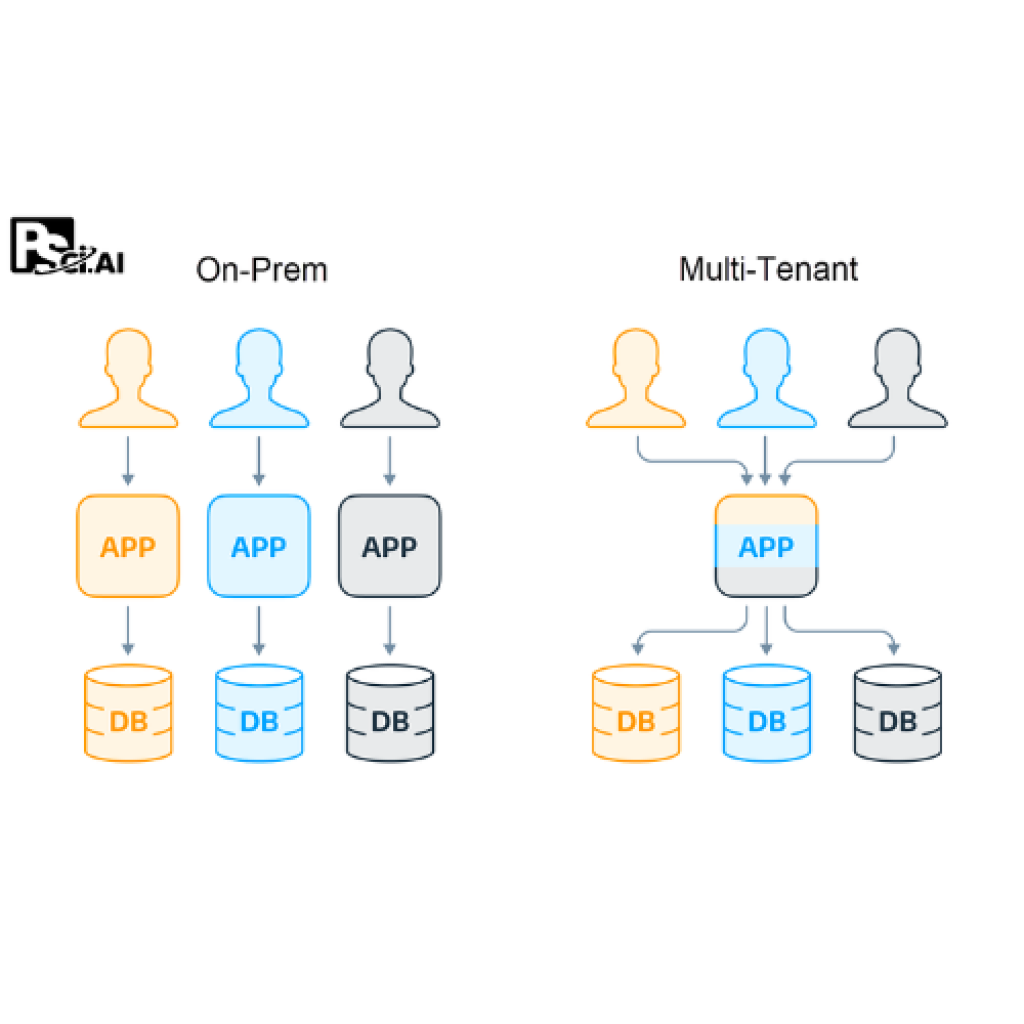
In the realm of generative AI, Procurement Sciences has astutely recognized the necessity to cater to a broad spectrum of organizational needs and preferences. By offering generative AI solutions through both multi-tenant and on-premise architectures, the company is not merely responding to market demands but is also strategically positioning itself as a versatile and client-centric provider in the field of artificial intelligence.

The Appeal of Multi-Tenant Architecture
The multi-tenant architecture, hosted on the robust Microsoft Azure platform, is designed for organizations seeking a swift and efficient entry into the world of generative AI. This architecture is particularly advantageous for entities that are looking to minimize initial capital outlay and expedite the deployment process. The multi-tenant solution is a testament to Procurement Sciences’ dedication to democratizing access to advanced AI technologies, making it an ideal choice for entities that prioritize agility and cost-effectiveness.
Clients opting for the multi-tenant architecture benefit from a subscription-based model that provides a scalable and maintenance-free approach to AI adoption. This model is conducive to fostering innovation and experimentation within organizations, as it allows them to tap into the power of generative AI without the need for extensive upfront investment or specialized infrastructure.
The Customization and Security of On-Premise Architectures
Conversely, the on-premise architecture (and the diverse body of deployment options available ranging from isolated VPC/VNets to fully isolated hardware shipped to a customer for self-hosting in their own air-gapped environment and nearly anything in between) is tailored for organizations that require the utmost control over their data and AI operations. Hosted within the client’s own cloud account or data center and leveraging the security and reliability of Azure, the on-premise solution offers unparalleled customization and integration with existing systems. This architecture is particularly suited for organizations with rigorous compliance standards, sensitive data concerns, or those that operate in highly regulated industries.
The on-premise model is structured to provide a high degree of personalization in terms of deployment, with an implementation process that is meticulously aligned with the client’s operational requirements and security policies. This bespoke approach ensures that the generative AI platform is seamlessly integrated into the organization’s existing technological ecosystem, thereby enhancing operational efficiency and data governance.
A Pathway to Adoption: Training and Onboarding
Understanding the varying timelines and complexities associated with each architecture, Procurement Sciences recommends that clients interested in the on-premise solution commence their generative AI journey with the multi-tenant option. This strategy allows for immediate engagement with the technology, providing valuable training and experience to the client’s team. As the on-premise architecture is being deployed, clients can ensure a smooth transition and continuity of service, thereby optimizing the overall implementation process.
Conclusion
The strategic decision by Procurement Sciences to offer both multi-tenant and on-premise architectures underscores the company’s foresight and adaptability in the generative AI market. By providing these distinct yet complementary options, Procurement Sciences is empowering organizations to select the architecture that best aligns with their operational objectives, security requirements, and budgetary constraints. This approach not only broadens the accessibility of generative AI solutions but also reinforces Procurement Sciences’ role as an innovative leader committed to delivering exceptional value and performance to its clients.






Leave a Comment